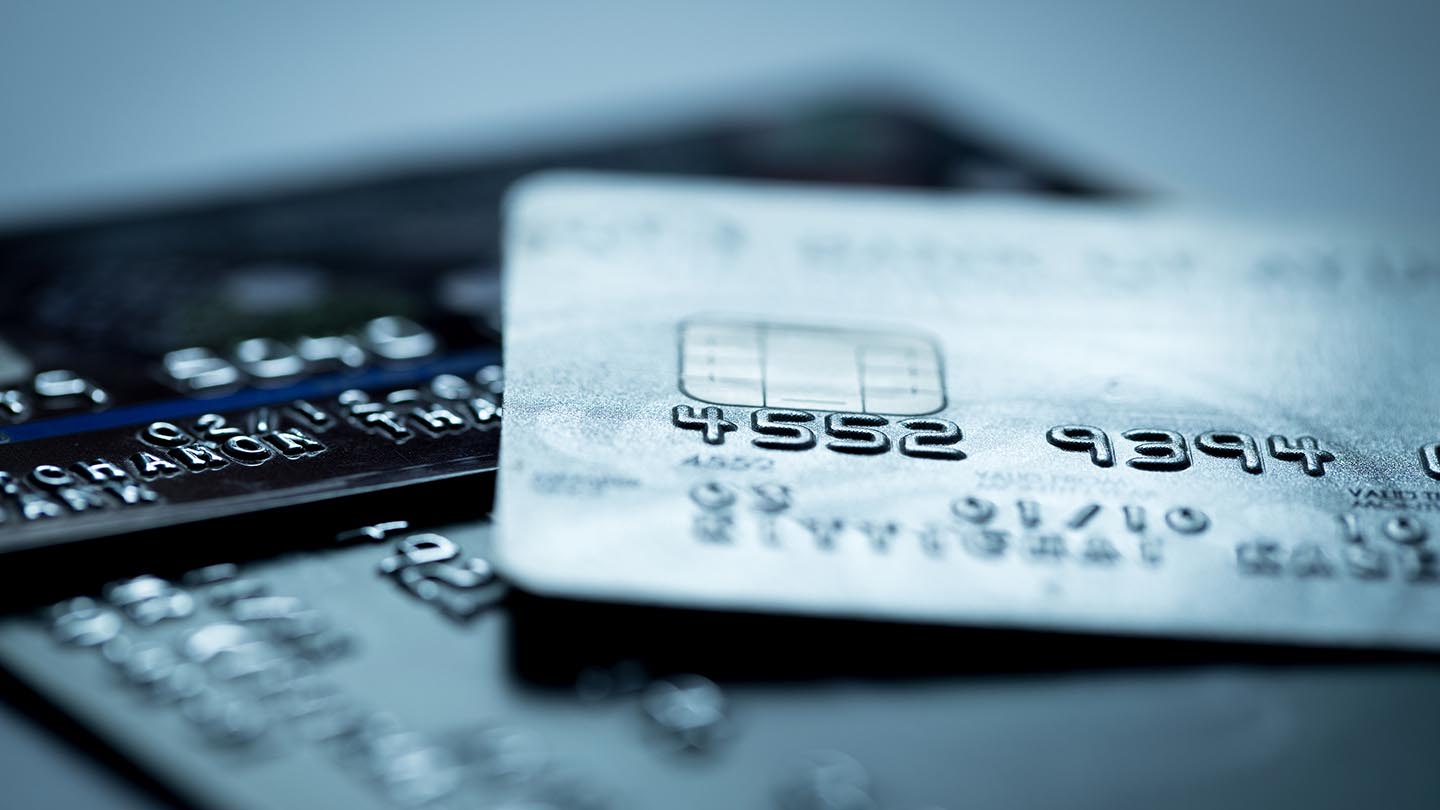From startups to legacy brands, you're making your mark. We're here to help.
-
Innovation Economy
Fueling the success of early-stage startups, venture-backed and high-growth companies.
-
Midsize Businesses
Keep your company growing with custom banking solutions for middle market businesses and specialized industries.
-
Large Corporations
Innovative banking solutions tailored to corporations and specialized industries.
-
Commercial Real Estate
Capitalize on opportunities and prepare for challenges throughout the real estate cycle.
-
Impact Banking & Advisory
When our communities succeed, we all succeed. Local businesses, organizations and community institutions need capital, expertise and connections to thrive.
-
International Banking
Power your business' global growth and operations at every stage.
Key Links
Prepare for future growth with customized loan services, succession planning and capital for business equipment.
-
Asset Based Lending
Enhance your liquidity and gain the flexibility to capitalize on growth opportunities.
-
Equipment Financing
Maximize working capital with flexible equipment and technology financing.
-
Trade & Working Capital
Experience our market-leading supply chain finance solutions that help buyers and suppliers meet their working capital, risk mitigation and cash flow objectives.
-
Syndicated Financing
Leverage customized loan syndication services from a dedicated resource.
-
Commercial Real Estate
Capitalize on opportunities and prepare for challenges throughout the real estate cycle.
-
Employee Stock Ownership Plans
Plan for your business’s future—and your employees’ futures too—with objective advice and financing.
Key Links
Serving the world's largest corporate clients and institutional investors, we support the entire investment cycle with market-leading research, analytics, execution and investor services.
-
Institutional Investors
Putting your long-tenured investment teams on the line to earn the trust of institutional investors.
-
Markets
Direct access to market leading liquidity harnessed through world-class research, tools, data and analytics.
-
Prime Services
Helping hedge funds, asset managers and institutional investors meet the demands of a rapidly evolving market.
-
Global Research
Leveraging cutting-edge technology and innovative tools to bring clients industry-leading analysis and investment advice.
-
Securities Services Solutions
Helping institutional investors, traditional and alternative asset and fund managers, broker dealers and equity issuers meet the demands of changing markets.
Key Links
Providing investment banking solutions, including mergers and acquisitions, capital raising and risk management, for a broad range of corporations, institutions and governments.
-
Center for Carbon Transition
J.P. Morgan’s center of excellence that provides clients the data and firmwide expertise needed to navigate the challenges of transitioning to a low-carbon future.
-
Corporate Finance Advisory
Corporate Finance Advisory (“CFA”) is a global, multi-disciplinary solutions team specializing in structured M&A and capital markets. Learn more.
-
Development Finance Institution
Financing opportunities with anticipated development impact in emerging economies.
-
Sustainable Solutions
Offering ESG-related advisory and coordinating the firm's EMEA coverage of clients in emerging green economy sectors.
-
Mergers and Acquisitions
Bespoke M&A solutions on a global scale.
-
Capital Markets
Holistic coverage across capital markets.
Your partner for commerce, receivables, cross-currency, working capital, blockchain, liquidity and more.
Key Links
A uniquely elevated private banking experience shaped around you.
-
Banking
We have extensive personal and business banking resources that are fine-tuned to your specific needs.
-
Investing
We deliver tailored investing guidance and access to unique investment opportunities from world-class specialists.
-
Lending
We take a strategic approach to lending, working with you to craft the right financing solutions matched to your goals.
-
Planning
No matter where you are in your life, or how complex your needs might be, we’re ready to provide a tailored approach to helping your reach your goals.
Whether you want to invest on your own or work with an advisor to design a personalized investment strategy, we have opportunities for every investor.
-
Invest on your own
Unlimited $0 commission-free online stock, ETF and options trades with access to powerful tools to research, trade and manage your investments.
-
Work with our advisors
When you work with our advisors, you'll get a personalized financial strategy and investment portfolio built around your unique goals-backed by our industry-leading expertise.
-
Expertise for Substantial Wealth
Our Wealth Advisors & Wealth Partners leverage their experience and robust firm resources to deliver highly-personalized, comprehensive solutions across Banking, Lending, Investing, and Wealth Planning.
Explore a variety of insights.
Key Links
Insights by Topic
Explore a variety of insights organized by different topics.
Key Links
Insights by Type
Explore a variety of insights organized by different types of content and media.
Key Links
We aim to be the most respected financial services firm in the world, serving corporations and individuals in more than 100 countries.
Key Links
- Insights
- Payments
- Merchant Services
- Five ways to increase the strategic value of payments

The widespread adoption of online, mobile and smart devices among consumers continues to dramatically change the way people shop and pay for goods and services.
Digital connectivity has created expectations of seamless multichannel experiences in which payments are embedded in the path to purchase. Merchants that can accept any payment method, through any channel and in any currency are well positioned to benefit from the growth of global e-commerce.
In a 2019 Forbes and J.P. Morgan survey of more than 300 executives worldwide, just half said their company can deliver well on the overall customer experience. However, a vast majority agreed that payments are an integral part of the customer experience.
As the e-commerce payment engine for both emerging growth and Fortune 500 businesses, J.P. Morgan processes about $1.5 trillion in annual payments on behalf of its clients. The J.P. Morgan Merchant Services team has identified five ways every business can maximize the strategic value of consumer payments.
1. Give consumers the payment experience they want
What is the payment experience that consumers—and thus businesses—are looking for?
Businesses want their end-to-end revenue cycle (payment acceptance through reconciliation and posting) to be easy to execute and manage and to be seamless. They also need payment solutions to be customizable and flexible based on demographics, industry, regulations, and local and global geography.
The survey reveals that speed and ease of use are the most sought-after characteristics of payments (45%). The ranking of what matters for businesses, with speed and ease on the top and fees at the bottom, confirms a huge shift in how businesses view payments. They are no longer a commodity, when what mattered most was the cost, but a valuable, differentiating feature of the customer experience.
2. Use payment data to optimize and expand business
Payment data is a treasure trove that can not only keep the business engine running efficiently but also rev it up. Analyzing payment patterns enables businesses to identify fraud, improve authorizations and provide richer data to other members of the payments ecosystem. They can also use data to identify new business opportunities, such as customer segments, markets and regions.
The amount of payment data is growing, creating more competitive opportunities. By 2030, it is estimated that there will be 130 billion connected devices worldwide—refrigerators that restock themselves, cars that pay for gas and tolls, for example—that will automatically generate payments, creating an explosion of entry points into a business and generating masses of new customer and payment data.
To use payment data to its full potential, it needs to be integrated with other data, such as consumer demographics or location. However, due to compliance and privacy considerations, a majority of companies (59%) are not able to integrate their payment data with other streams.
Companies are beginning to recognize that payment data is a missed opportunity. The top characteristic they are seeking in a payment solutions provider is the ability to help them use technology to access data and enhanced offerings.
3. Disrupt payments to disrupt markets
Advanced technologies have disrupted the business world, enabling the introduction of new online and mobile business models. The adoption of new models will further explode with the broad implementation of 5G. Companies cannot survive without competitive business and delivery models, such as direct-to-consumer or e-commerce platforms which, in turn, cannot function without the right payment methods.
Among the surveyed business leaders, unattended checkout was expected to be the most widely adopted new payment experience, followed by social commerce, which is the use of social networks in the context of e-commerce transactions. Ranked as the third most popular was dynamic pricing, or the practice of varying the price for a product or service to reflect changing market conditions. More than half of executives surveyed were either already using most of these differentiating business models or expecting to do so within the next three years.
4. Go global, act local
Global business expansion makes payments more complex as different geographies favor different types of payments for cultural and socioeconomic reasons. When asked how they balance meeting local market needs and having uniform global processes, the biggest group (42%) said they favor meeting the needs of each market and offer processes and solutions accordingly.
Our survey reveals the regional differences in preferred payment options. For example, while PayPal is enabled by 42% of businesses in the Americas, only 6% of executives from APAC told us that they enable it. In contrast, 60% of executives from Asia enable PayBox, compared to 12% in the Americas. And SafetyPay is much more popular in Europe (29%), than in the Americas (18%) or Asia (2%).
5. Integrate payments, consolidate providers
A business’s incoming payment flow can be fragmented when processing is managed by multiple payment providers. No wonder then that one of the top challenges that companies have with handling emerging payment options is integrating them with banking solutions.
As businesses grow, aligning payment acceptance and cash management strategies can streamline cash flow, optimize liquidity and improve the efficiency of outbound payments. That means merchants need to align payments with their treasury and finance strategies and work with partners that can help.
The possibilities for new business models and payment options are growing with the development of advanced technologies. But with the growth of options comes an increased need to consolidate and select only the best partners.
Related insights

Payments
We’re putting developers in the driver’s seat
Dec 05, 2025
Discover the J.P. Morgan Payments Developer Portal, where you can access APIs, tools, and resources to help build secure and robust treasury and payment solutions.

Payments
Plan for the holiday season ahead: How shoppers are redefining retail expectations
Nov 21, 2025
Recent Customer Insights data shows Gen Z is driving new trends in retail, payment preferences and omnichannel shopping. Retailers who adapt to these evolving habits may be better positioned to benefit from future spending this holiday season.

Payments
Bridging the gap: G20's vision for inclusive and efficient global payments
Nov 18, 2025
The G20 and Financial Stability Board, supported by key industry players like J.P. Morgan, are focused on improving cross-border payments by making them faster, cheaper, more transparent and more accessible.

Payments
JDS Industries unlocks 10% savings and 50% faster processing with J.P. Morgan
Nov 05, 2025
Discover how JDS Industries leveraged J.P. Morgan Commerce Solutions to streamline operations and drive strategic growth.

Payments
Fintech partnership and operational strategy guide
Oct 24, 2025
Download our e-book to better understand fintech challenges through institutional banking expertise and strategic frameworks.

Payments
Driving advanced cross-currency payments for financial institutions
Oct 23, 2025
Rethink the way you do cross-border business with Xpedite, an innovative global solution from J.P. Morgan Payments.

Payments
Managing operational complexity in digital commerce
Oct 23, 2025
Learn how unified payment solutions reduce costs, prevent fraud and create seamless customer experiences that drive loyalty.

Payments
Global wires payments formatting requirements guide
Your guide to making cross-currency payments.
You're now leaving J.P. Morgan
J.P. Morgan’s website and/or mobile terms, privacy and security policies don’t apply to the site or app you're about to visit. Please review its terms, privacy and security policies to see how they apply to you. J.P. Morgan isn’t responsible for (and doesn’t provide) any products, services or content at this third-party site or app, except for products and services that explicitly carry the J.P. Morgan name.